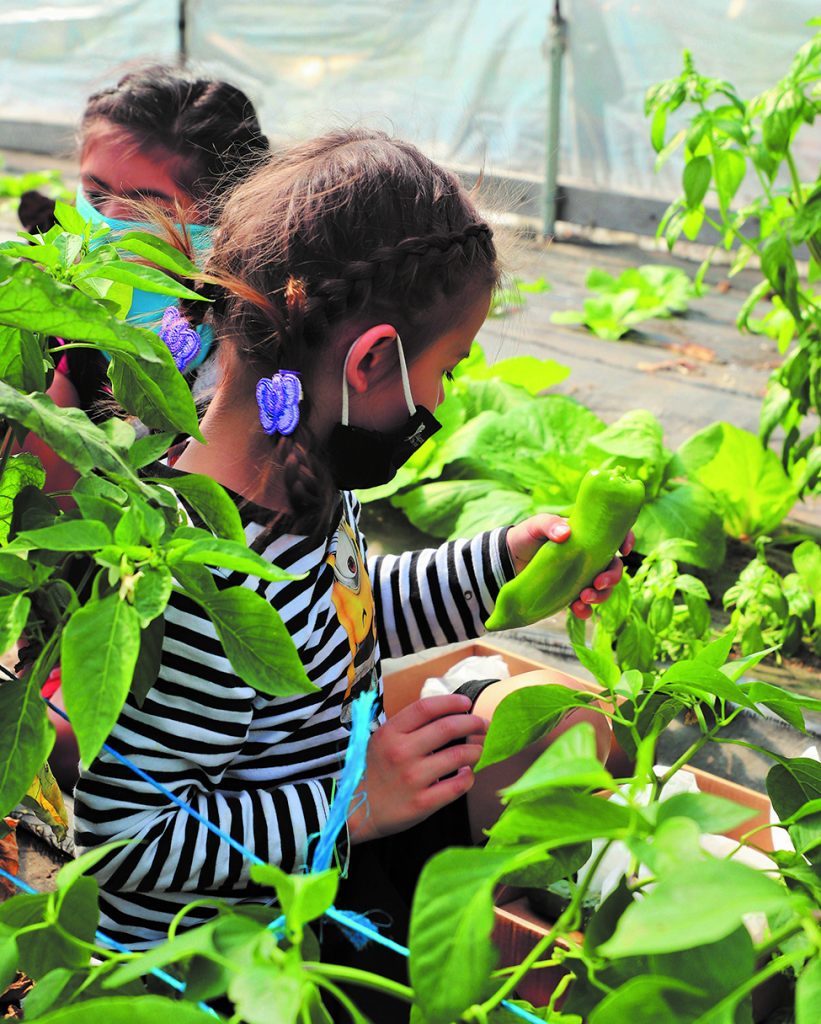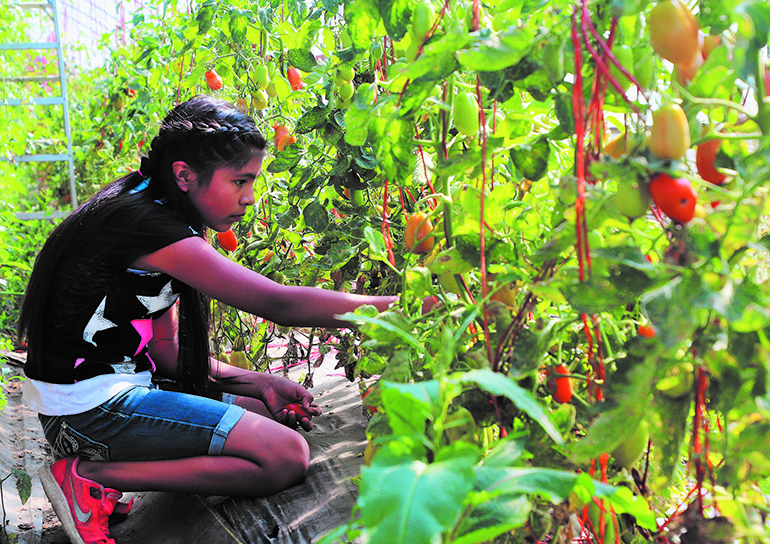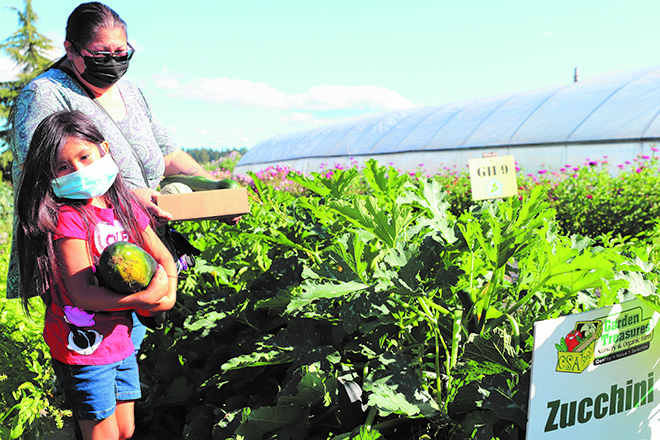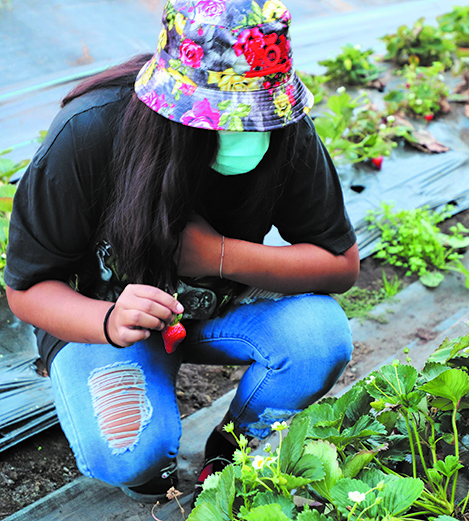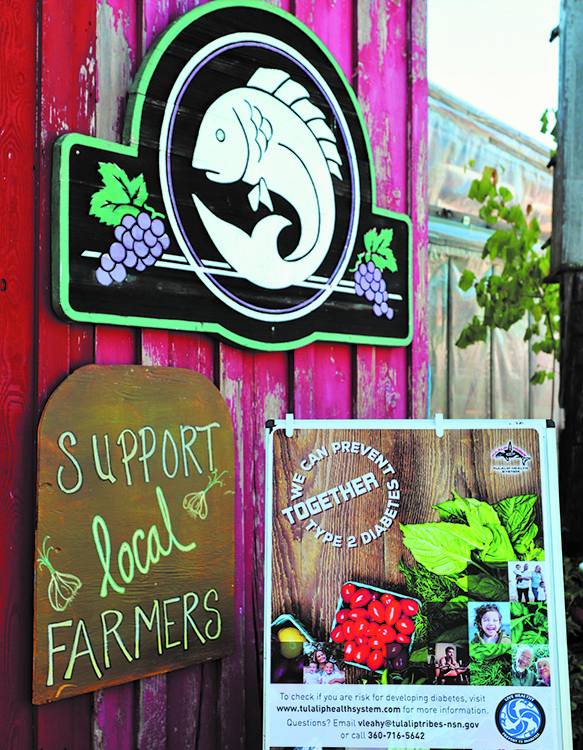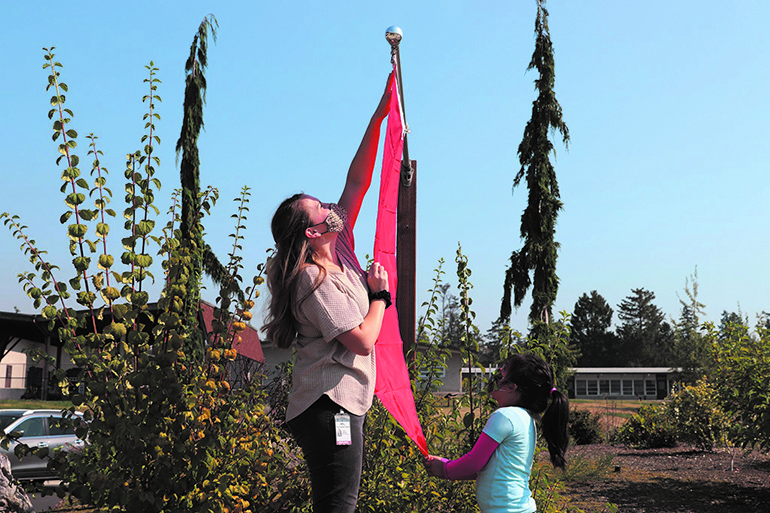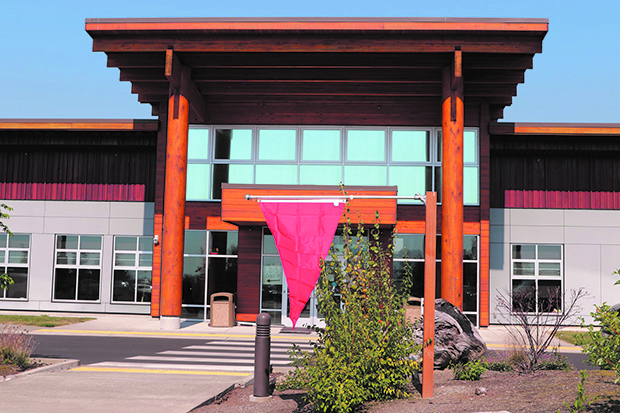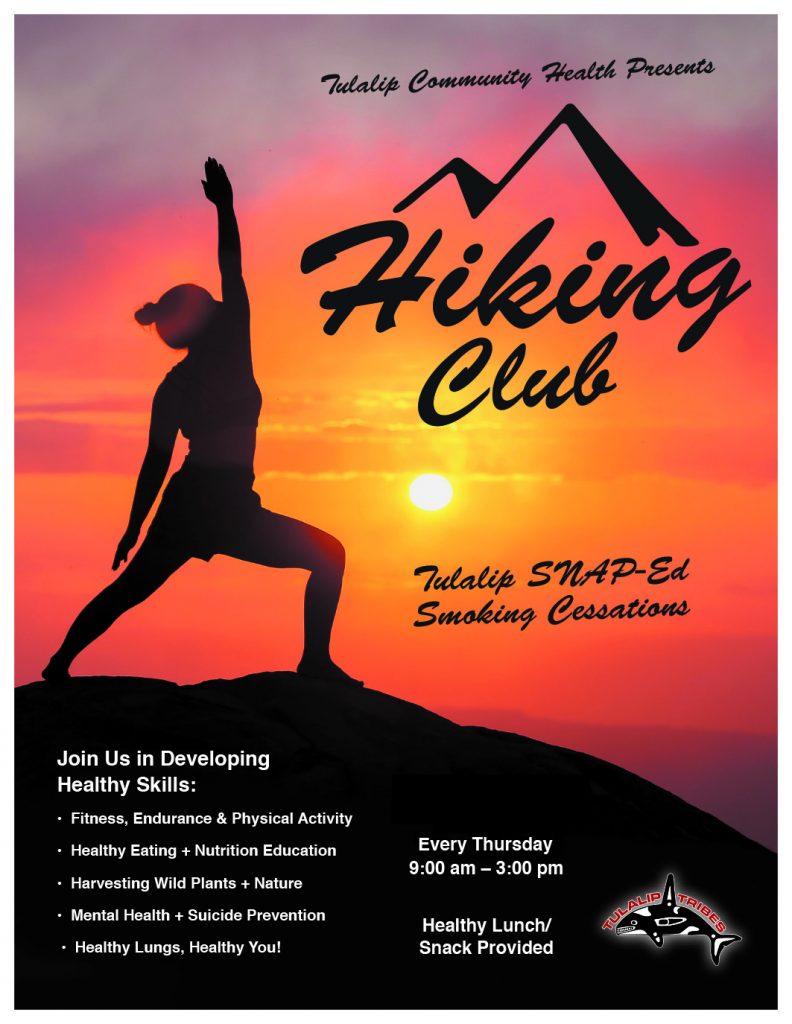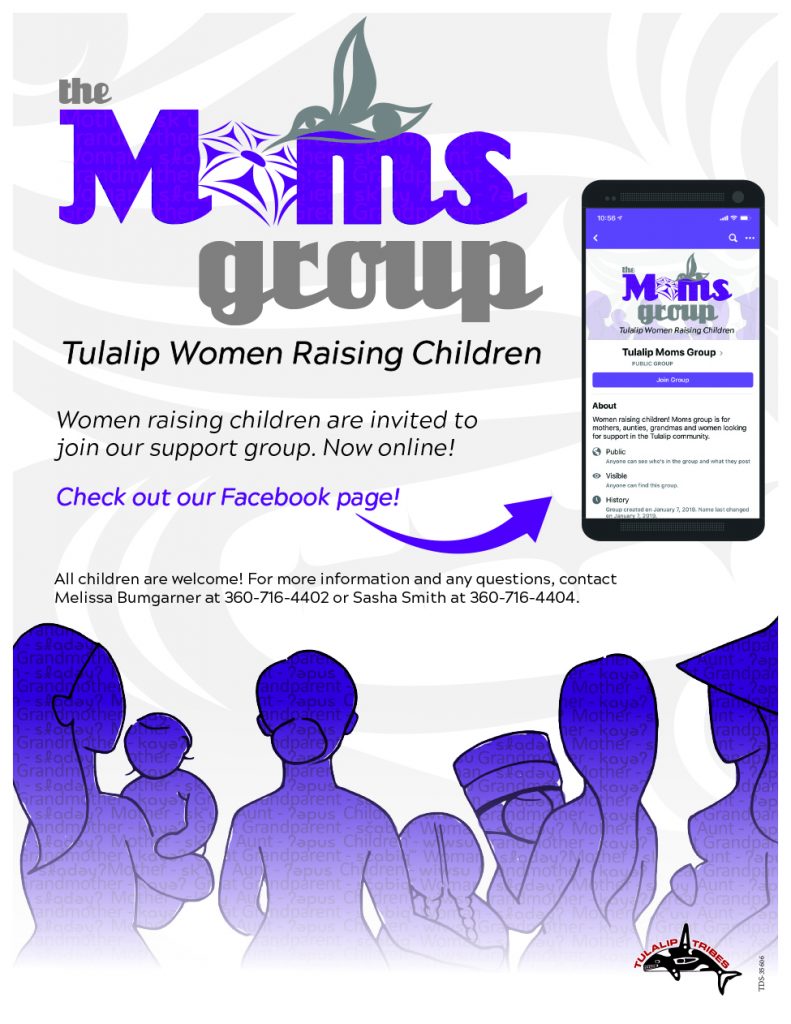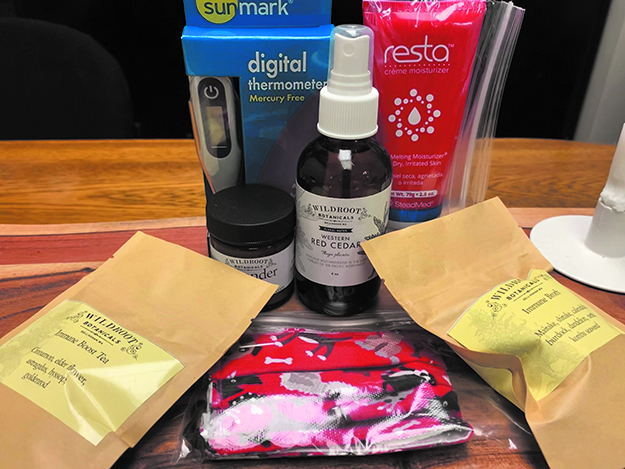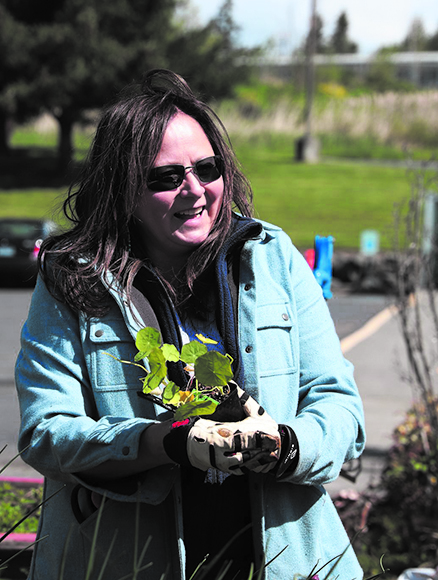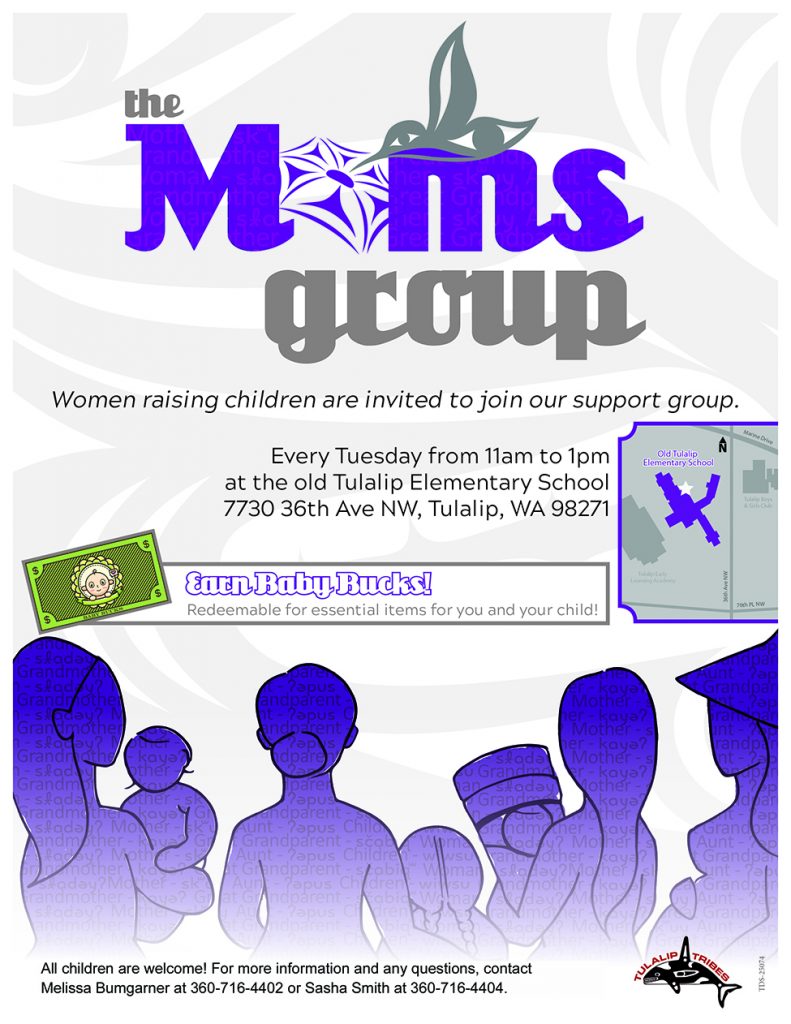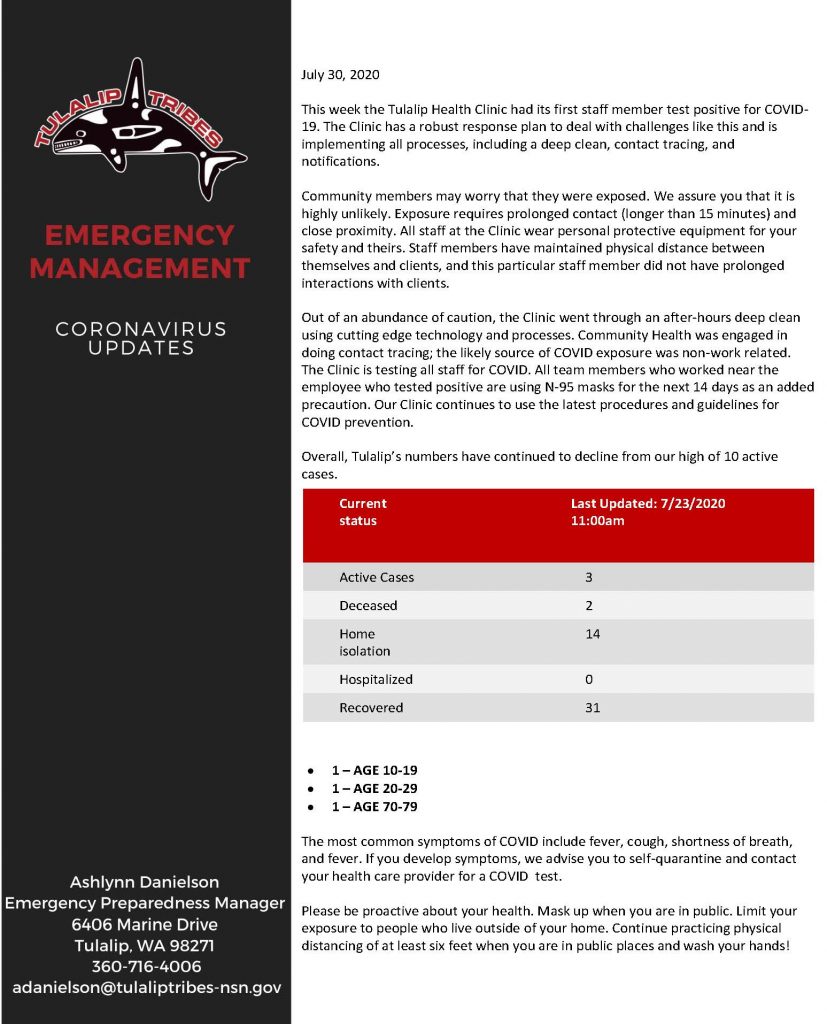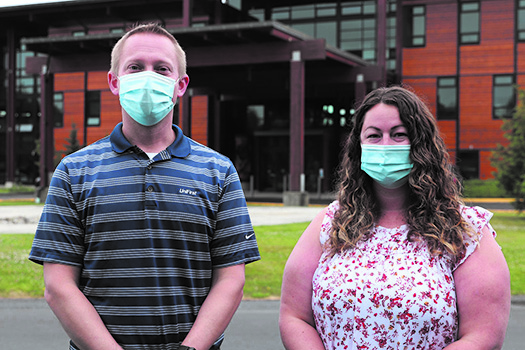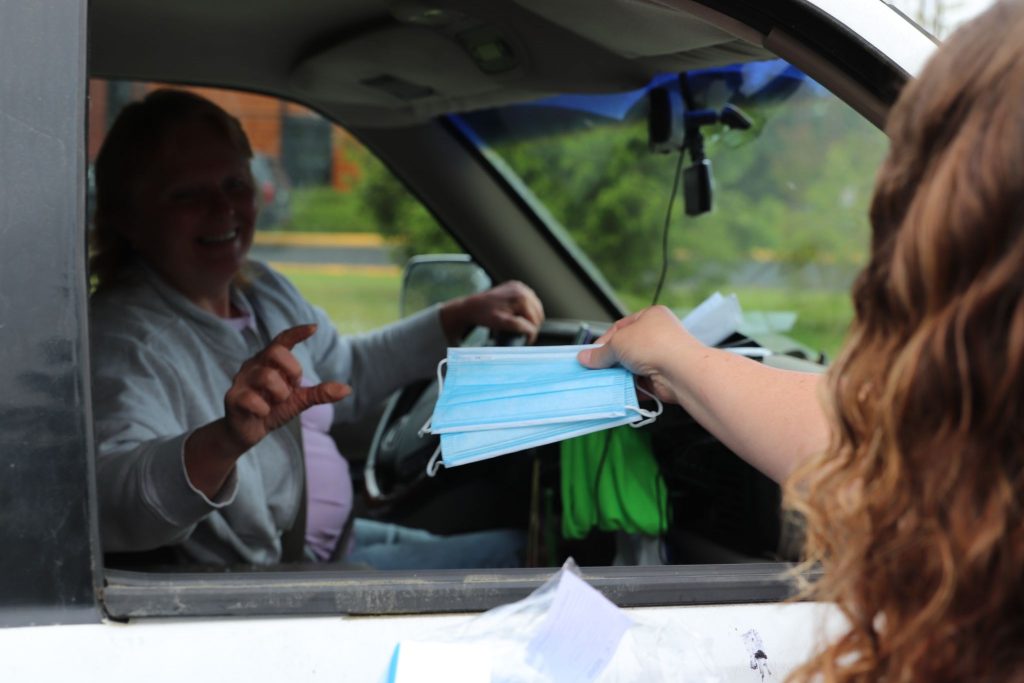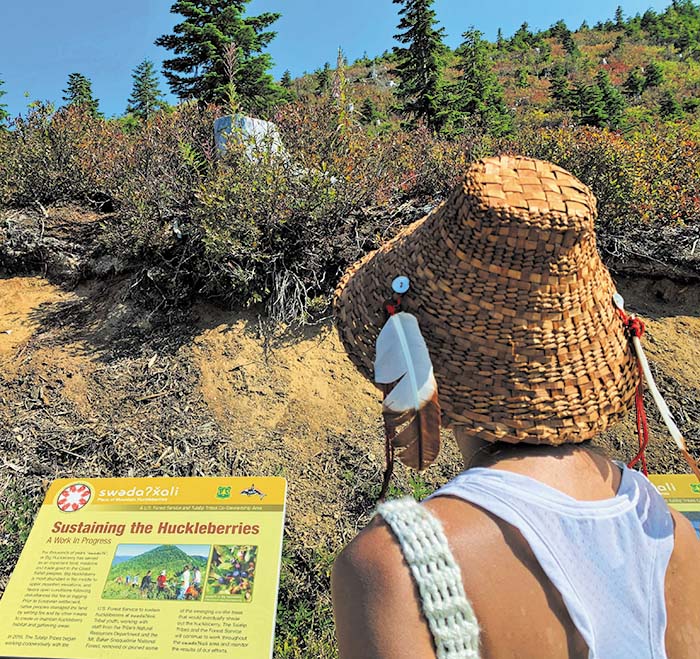
By Micheal Rios, Tulalip News
For thousands of years, huckleberry has served as an important food, medicine, and trade good to the Coast Salish peoples. Mountain huckleberry is most abundant in the middle to upper mountain elevations, and favors open conditions following disturbances like fire or logging. Prior to European colonization, Native peoples managed the land by using fire and other means to create or maintain huckleberry habitat and gathering areas.
In 2016, the Tulalip Tribes began working cooperatively with the U.S. Forest Service to sustain huckleberries at a 1,280-acre parcel of land, 4,700 feet above elevation in the upper Skykomish River watershed. This particular location is one of several co-stewardship areas throughout the Mt. Baker-Snoqualmie National Forest where Tulalip collaborates with the Forest Service to preserve and maintain important cultural resources.
Named swədaʔx̌ali, Lushootseed for ‘Place of Mountain Huckleberries’, this end of summer destination gives Tulalip tribal members an opportunity to walk in the shadows of their ancestors and harvest the highly prized mountain huckleberry. The gate to swədaʔx̌ali was officially opened on August 25 and will remain open through the end of September.

11,000 feet.
Northwest mountain huckleberries generally ripen in the late summer and can be picked into the early fall. Huckleberry, well-known for boosting the immune system and being rich in antioxidants, has always had a strong relationship to the area’s Indigenous cultures. Coast Salish tribes consider the huckleberry to be an important dietary staple because of its medicinal properties and sweet, delicious taste.
“Huckleberry is a food and medicine to our people,” explained Tulalip elder Inez Bill. “Our ancestors visited certain areas for gathering these berries. They knew where the berries were growing, what companion plants were growing there too, and how to use them.
“Through the teachings of how we value, take care of and utilize our environment, we pass down our history and traditions, and what is important to the cultural lifeways of our people,” she continued. “This connection to the land enables us to know who we are as a people. It is a remembrance. Today, it is not only important that we continue the struggle to uphold our treaty rights, but we need to be involved in taking care of those resources our culture depends on so they will be available to future generations.”
swədaʔx̌ali is a prime example of how Tulalip is diligently working to reclaim traditional areas. Stemming directly from the Point Elliot Treaty, which secured claims to gather roots and berries in all open and unclaimed land, the ‘Place of the Mountain Huckleberries” is an expression of Tulalip’s sovereignty.
Embracing that sovereignty is every tribal member who journeys to this ancestral harvesting area and practices their cultural traditions that continue to be passed on from one generation to the next. Tulalip mother-daughter duo, Malory Simpson and Tiyanna Bueno, have made the two-hour trek to harvest huckleberry twice so far, and plan on going once more before the gate is closed for the season.
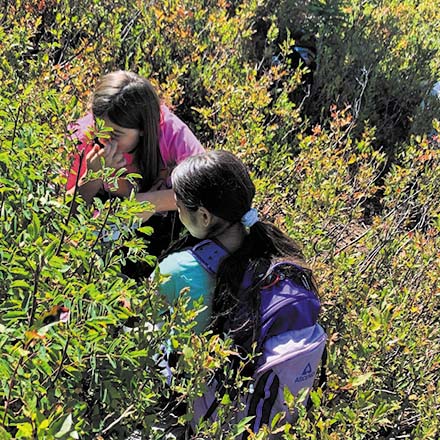
“I love being outdoors and harvesting. It is spiritually healing,” reflected Malory after collecting her berry bounty alongside her 9-year-old daughter. “It feels good knowing that my children are learning about our harvesting traditions with me. I want them to not only have a good understanding of how to harvest, but how to properly process what they’ve harvested, too.
“It’s important for our children to soak up teachings about how to harvest, process, and be self-sustaining in a good way,” the mother of three continued. “My plan for our harvest is to make some jam. We’ll be enjoying huckleberry pancakes and waffles as well. We’ll also be gifting some of our harvest for spiritual work.”
For the Tulalip Tribes, the mountain huckleberry is intimately tied with traditional lifeways and culture. Historically providing an end of summer harvest opportunity, the journey to swədaʔx̌ali strengthens a deep connection to the land as well. Nearly 5,000 feet up, in the Mt. Baker-Snoqualmie National Forest, berry pickers are completely immersed in the grand splendor that is the Pacific Northwest. Epic views of luscious, green-filled forestry, towering mountains, and clear waterways are purely mesmerizing.

“It was a beautiful, uplifting experience. Once we hit the forest, where there were no buildings, no cars, no people, just trees…my spirit soared,” said Lushootseed teacher Maria Martin after staining her hands purple from a day of picking. “I’m fortunate to have the opportunity to speak my language, but that is only a piece of my culture. Berry picking feels natural, like I’ve always done it. The smells are intoxicating. The sounds are beautiful, from the buzzing bugs and chirping birds to the gentle breeze rustling the huckleberry leaves. These are the meaningful experiences that we all need to share in.”
Mountain huckleberry season is short, lasting only a few weeks between August and September. The sought after super food and medicine ranges in color from red to deep blue to maroon. They are similar to a blueberry and sweeter than a cranberry, with many people rating huckleberries as the tastiest of the berry bunch. The gate to swədaʔx̌ali will only remain opened for a couple more weeks, so don’t miss the opportunity to harvest, take in breathtaking views, and, most importantly, express tribal sovereignty.
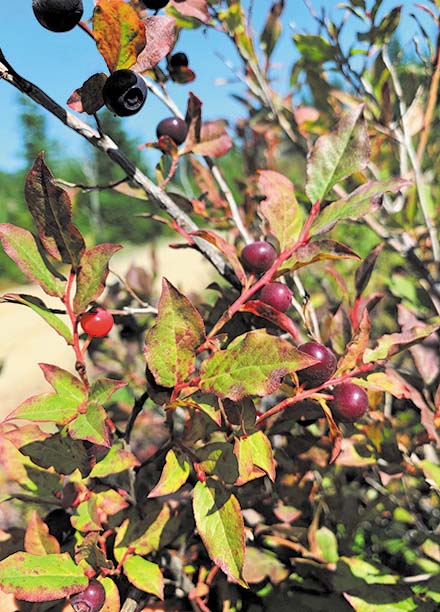
Huckleberry Health Benefits:
- Huckleberries are full of antioxidants, compounds that are essential for improving the health of numerous systems within the body, while also preventing the development of serious health issues.
- An excellent source of vitamin A and B, huckleberries are great for promoting a healthy metabolism which in turn helps reduce the risk of stroke. They are also known to help stave off macular degeneration as well as viruses and bacteria.
- Huckleberries are associated with lowering cholesterol; protecting against heart diseases, muscular degeneration, glaucoma, varicose veins, and ulcers.
- Huckleberries are an excellent source of iron which helps build new red blood cells and helps fatigue associated with iron deficiency.
- High in vitamin C, huckleberries protect the body against immune deficiencies, cardiovascular diseases, prenatal health problems, and eye diseases.
